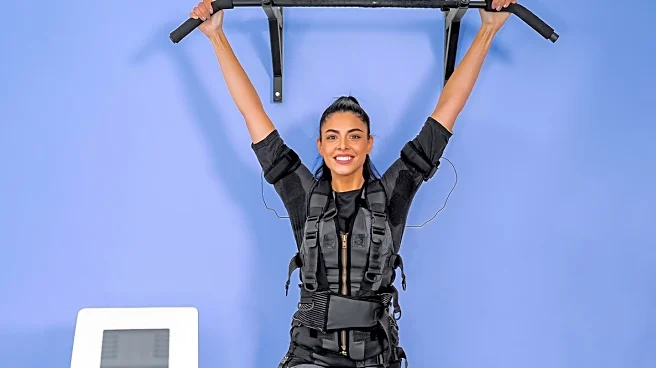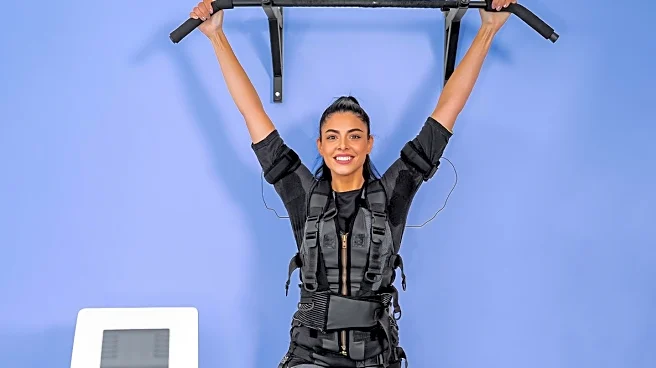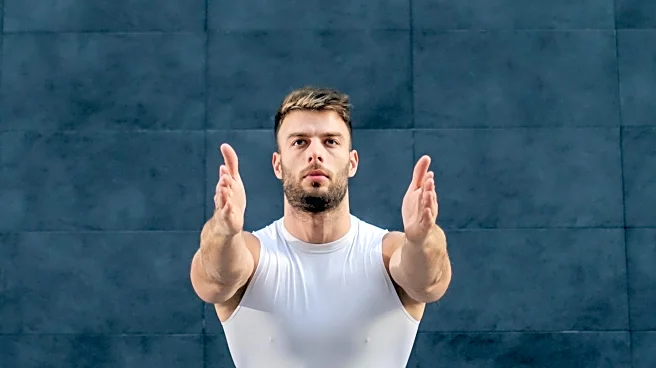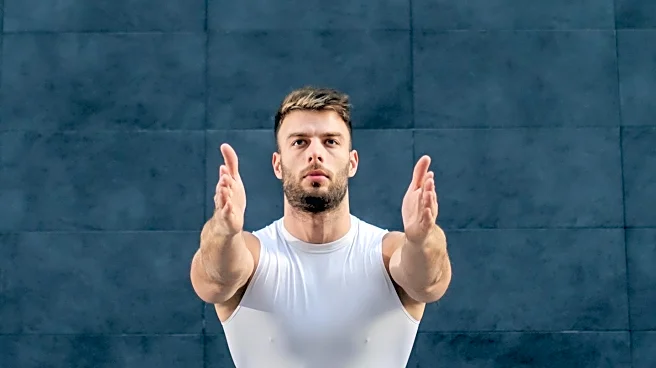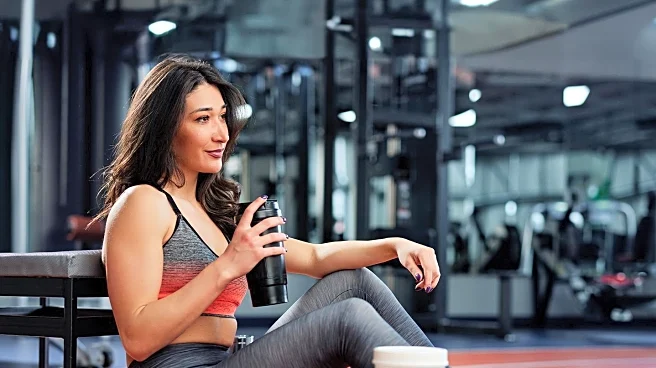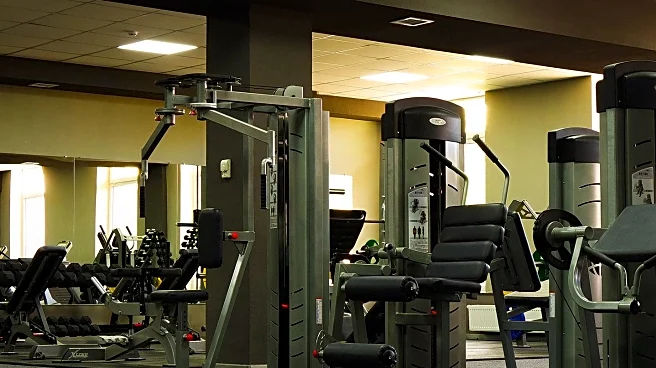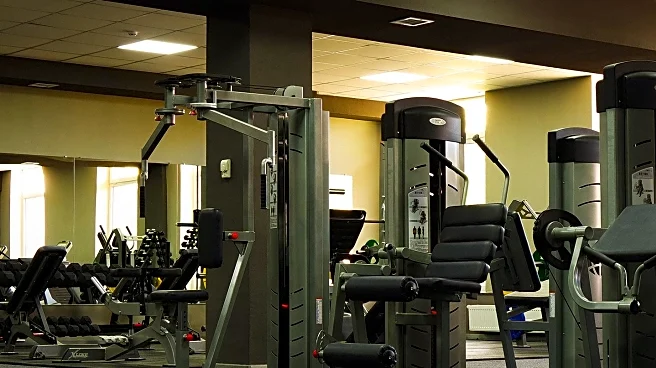What's Happening?
Weighted vests are gaining popularity among midlife women, including health experts like Dr. Mary Claire Haver and Oprah, for their convenience and health benefits. These wearable weights are recommended
for addressing health concerns such as loss of bone density and osteoporosis, particularly during menopause when estrogen levels dip. Julie Powers, a certified perimenopause and menopause fitness coach, explains that the extra load from wearing a vest increases mechanical stress on bones, signaling bone-building processes. Weighted vests also help maintain muscle strength and preserve lean mass, which can be impacted by hormonal shifts in midlife. They provide a metabolic boost, extra calorie burn, and body composition support. Additionally, wearing a vest can improve posture, core stability, and balance, reducing fall risks and enhancing functional movement.
Why It's Important?
The use of weighted vests is significant as they offer a practical solution for women experiencing bone density loss and muscle strength decline due to hormonal changes. By incorporating weighted vests into regular exercise routines, women can effectively combat osteoporosis and maintain overall health. This approach aligns with the growing emphasis on functional fitness and preventive health measures, which are crucial for aging populations. The popularity of weighted vests also reflects a broader trend towards accessible fitness solutions that can be integrated into daily life, promoting long-term health and wellness. As more women adopt these practices, there could be a shift in public health strategies focusing on strength training as a preventive measure against age-related health issues.
What's Next?
As weighted vests continue to gain traction, fitness brands may expand their offerings to cater to this growing market, potentially leading to innovations in design and functionality. Health experts might further explore the benefits of weighted vests in clinical studies, providing more data to support their use in preventive health strategies. Additionally, there could be an increase in community fitness programs incorporating weighted vests, encouraging more women to engage in strength training. This trend may also influence public health policies, emphasizing the importance of strength training in aging populations and potentially leading to insurance incentives for preventive fitness measures.
Beyond the Headlines
The rise in popularity of weighted vests highlights a cultural shift towards self-managed health and fitness solutions. This trend reflects a broader movement where individuals take proactive steps in managing their health, particularly in the context of aging. The integration of weighted vests into daily activities also underscores the importance of functional fitness, which prioritizes movements that enhance everyday life. As this approach becomes more mainstream, it could influence how fitness is marketed and perceived, shifting focus from aesthetic goals to health and longevity. Furthermore, the endorsement by high-profile figures like Oprah may drive increased consumer interest and acceptance, potentially leading to wider adoption across different demographics.
